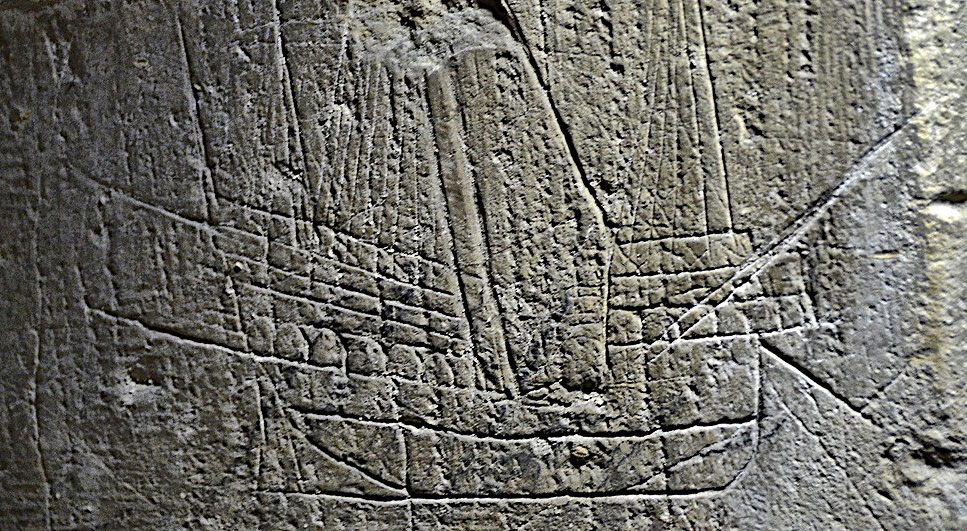The fragment on the left makes up half the head of the animal figure on the right, showing that the “lion” was fully three-dimensional, and not a relief as long thought.
Archaeologists from the University of Tübingen have found an ancient fragment of ivory belonging to a 40,000 year old animal figurine. Both pieces were found in the Vogelherd Cave in southwestern Germany, which has yielded a number of remarkable works of art dating to the Ice Age. The mammoth ivory figurine depicting a lion was discovered during excavations in 1931. The new fragment makes up one side of the figurine's head, and the sculpture may be viewed at the Tübingen University Museum from 30 July.
"The figurine depicts a lion," says Professor Nicholas Conard of Tübingen University's Institute of Prehistory and Medieval Archaeology, and the Senckenberg Center for Human Evolution and Palaeoenvironment Tübingen. "It is one of the most famous Ice Age works of art, and until now, we thought it was a relief, unique among these finds dating to the dawn of figurative art. The reconstructed figurine clearly is a three dimensional sculpture."
Read the rest of this article...




























